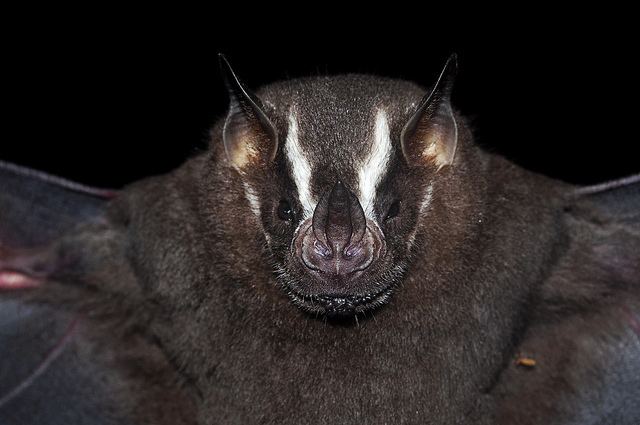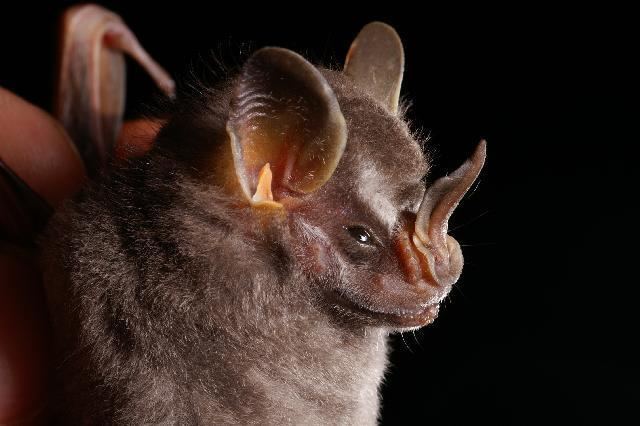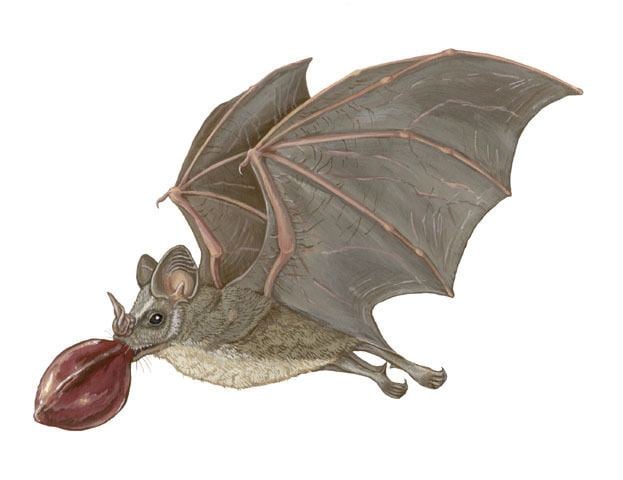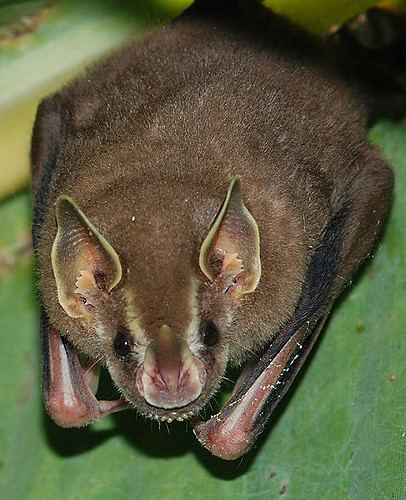Rank Genus | Family Phyllostomidae Scientific name Artibeus Phylum Chordata Order Bat | |
 | ||
Lower classifications Jamaican fruit bat, Great fruit‑eating bat, Flat‑faced fruit‑eating bat, Dark fruit‑eating bat, Gervais's fruit‑eating bat | ||
Neotropical fruit bats artibeus
The Neotropical fruit bats (Artibeus) are a genus of bats within the subfamily Stenodermatinae. The genus consists of 21 species, which are native to Central and South America, as well as parts of the Caribbean.
Contents
- Neotropical fruit bats artibeus
- Murci lago frutero artibeus jamaicensis fruit bat
- Description
- Geographical distribution and habitat
- Diet reproduction and social behaviour
- Taxonomy
- References

Murci lago frutero artibeus jamaicensis fruit bat
Description

These bats grow to an average length of 5 to 10 cm, and a weight of 10 to 85 g. The fur is colored brown or gray on the top; the bottom side is brighter. In a few species, the faces have four light-colored stripes. The patagium, the skin between the legs, is very small, and they lack a tail – a general characteristic of the fruit bats. The ears are acuminated and like many other leaf-nosed bats the nose bears a small, sharp leaf which is used for echolocation.
Geographical distribution and habitat
Neotropical fruit bats are found in an area that reaches from the north of Mexico and the Bahamas, to northern Argentina, the Caribbean islands included. They live in different natural habitats and can be found in both forests and grasslands.
Diet, reproduction and social behaviour

Like most bats, Neotropical fruit bats are nocturnal. They sleep in caves, houses, or other hideouts. Some species use large leaves to form "tents", which provide shelter from the weather and hide them from predators. Most species live in large groups. Artibeus jamaicensis – the best studied species – forms groups, consisting of one to three males, three to 14 females, and the shared offspring.
The diet of these bats mainly consists of fruit, but they eat pollen and insects too.

Little is known about the reproduction of many species. A. jamaicensis has a gestation period of usually 112 to 120 days that can be extended up to 180 days due to dormancy. The offspring usually consists of one young, which is weaned after two months and becomes sexually mature at an age of eight to twelve months. Captured bats can live up to ten years.

The island endemic, Artibeus incomitatus, is a critically endangered species according to the IUCN, while Artibeus inopinatus and Artibeus rosenbergii are considered data deficient; the remaining seventeen species are listed as being of least concern.
Taxonomy
The genus of the Neotropical fruit bats is divided into three sub-genera (Artibeus, Koopmania, and Dermanura). In some taxonomies these are discrete genera, but sometimes Enchisthenes hartii is integrated in these genera. According to Wilson & Reeder (2005), it is differentiated between the following 21 species:
Genus Artibeus - Neotropical fruit bats
